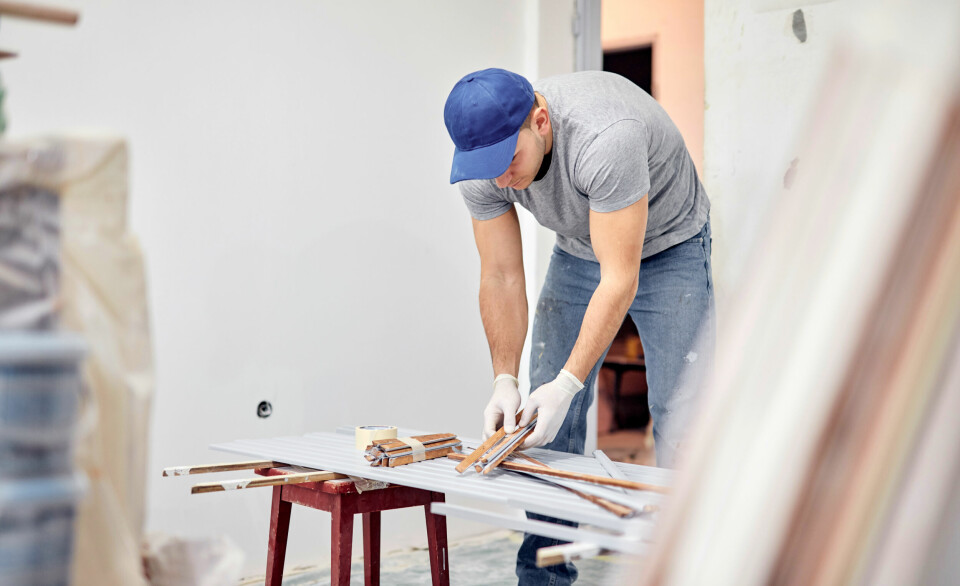-
Property vs capital investments in France – which is better?
There are pros and cons to both ways of making your money work
-
Does a pool still add value to French property despite water restrictions?
An increased selling price might look attractive but do not forget running costs, increased taxes and water bans
-
Where in Paris is property becoming more affordable?
Seven arrondissements have now fallen below the €9,000 per square metre bracket
Buy-to-let market wakes up as prices and rates stay low
It is possibly the only economic ‘law’ most people know off by heart, but the advice to buy when prices are low and sell on a rising market is never more true than today – especially for those who can afford to invest in a buy-to-let or holiday home.

Now, after several quiet years the rental market is shaking itself awake and the immobilier locatif specialists Clameur said it rose 11.8% in 2015 – unseen since 1998.
Investing in property is second nature to many French people, who own three million second homes and who see la pierre as a solid investment for the future. Some also prefer to rent property to live in while owning a second home ‘for the future’ and with a tenant helping to pay the mortgage.
Last year a survey for property website jerevedunemaison.com found 70% of people want a second home, with a priority being to be no more than two hours away from home with half preferring a property beside the sea and a third opting for the mountains.
National statistics agency Insee says just 60% of properties are owner-occupied with 34.9% of people renting their homes, making France No5 in Europe behind Germany on 47.5%, Austria 42.8%, Denmark 36.7% and the UK on 35.2%.
Tumbling property prices have made location immobilier more attractive, despite new laws taking some of the shine off. These have been eased with the more recent Loi Pinel, which unpicked some complications, and falling prices have been matched by record low mortgage rates.
Estate agents Guy Hoquet said prices had fallen 30% across the country and the Crédit Logement market report said in April that fixed mortgage rates were as low as 1.32%-1.98% on a 15-year loan and just 1.86%-2.59% on a 25-year loan.
Now the market is starting to rise and Crédit Logement said property prices were up 3.1% in the first quarter of 2016 against the same period in 2015.
Although the cost of purchase is high due to the taxes in the so-called notaire fees, buying to rent can still bring returns varying from 2.5% to 10% depending on the price paid and the local market.
These gross returns do not tell the full story and can quickly be reduced if there is a gap in occupancy or due to the payment of taxes, charges and renovations as well as taxe de séjour on holiday rentals.
One little-known tax giving owners a push towards renting an empty property is the taxe sur les logements vacants imposed on empty unfurnished properties in areas with a shortage of housing.
It starts at 12.5% of the valeur locative and rises to 25% if the property is still vacant after a year.
However, rents have also been affected by the downturn and dropped 1.1% in 2015 but this year have started to rise again in Nord-Pas-de-Calais (+1.4 %), Poitou-Charentes (+2.2%), Alsace (+2.8%) and Champagne-Ardenne (+3.7%).
The average nationwide is €12.4/m2 but tenants in Provence-Alpes-Côtes d’Azur, Rhône-Alpes, Ile-de-France and Nord-Pas-de-Calais regions pay up to €18.6/m2.
Buying to rent can bring significant tax advantages of up to 21% on new property or property that has had major renovation (such as making a derelict home habitable) but there are restrictions, including the owner committing to renting at below market rates for six, nine or 12 years.
Crédit Foncier found 71% of buyers of new properties were doing so as an investment. Price is the key as a high purchase price compared to similar older property makes it difficult to get a profit on resale.
Property site Explorimmo said Toulouse, Bordeaux and Nantes were the best places in France to buy to invest, as they had the most dynamic local economies and rising demand for property.
The top 10 was completed by Rennes, Lyon, Tours, Montpellier, Strasbourg, Villeurbanne and Reims.
Renting out a furnished property can also bring tax benefits and owners can opt for a flat rate régime forfaitaire where they are taxed on just 50% of their takings or the régime réel where charges and depreciation can be written off against tax.
























